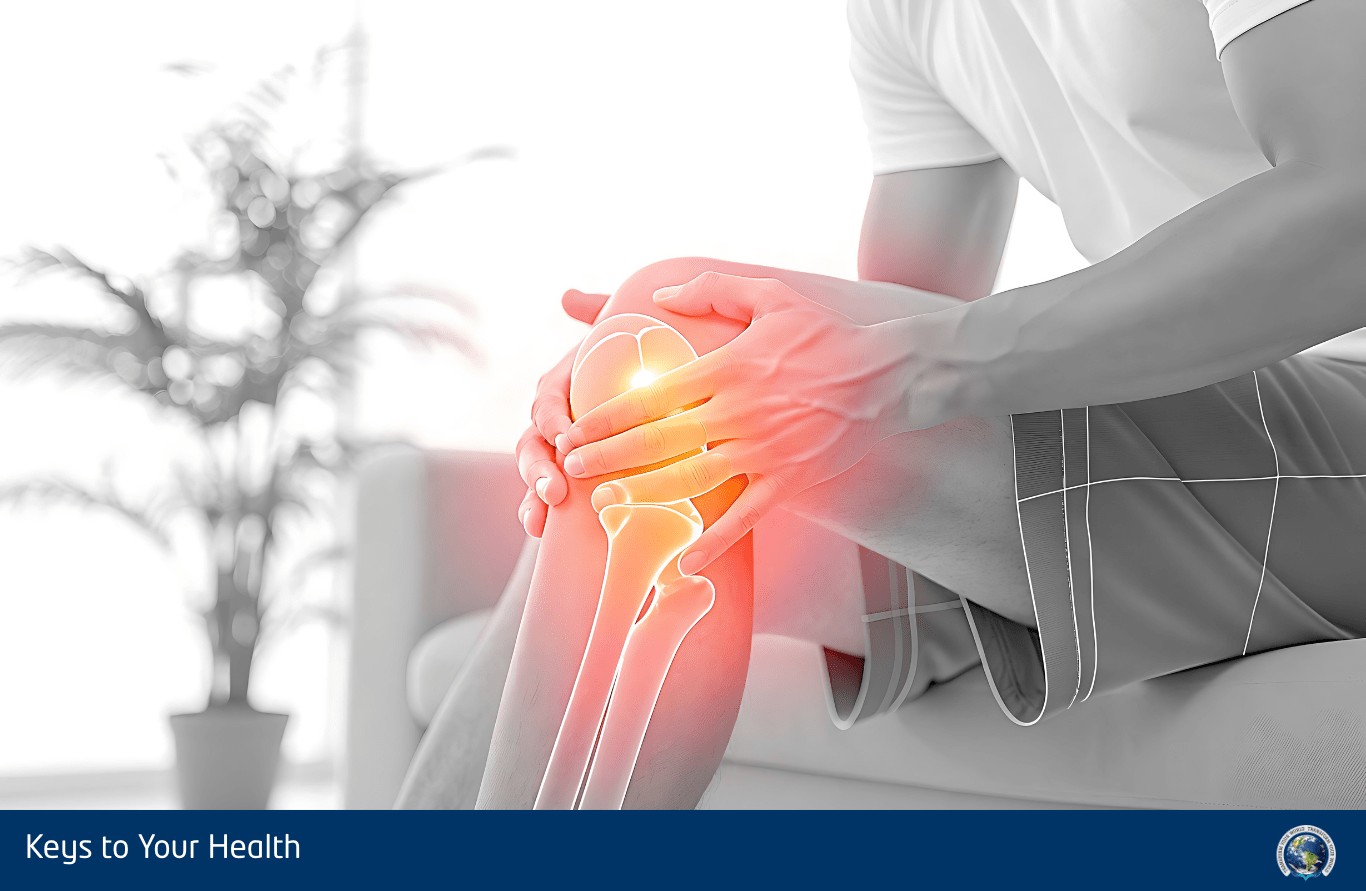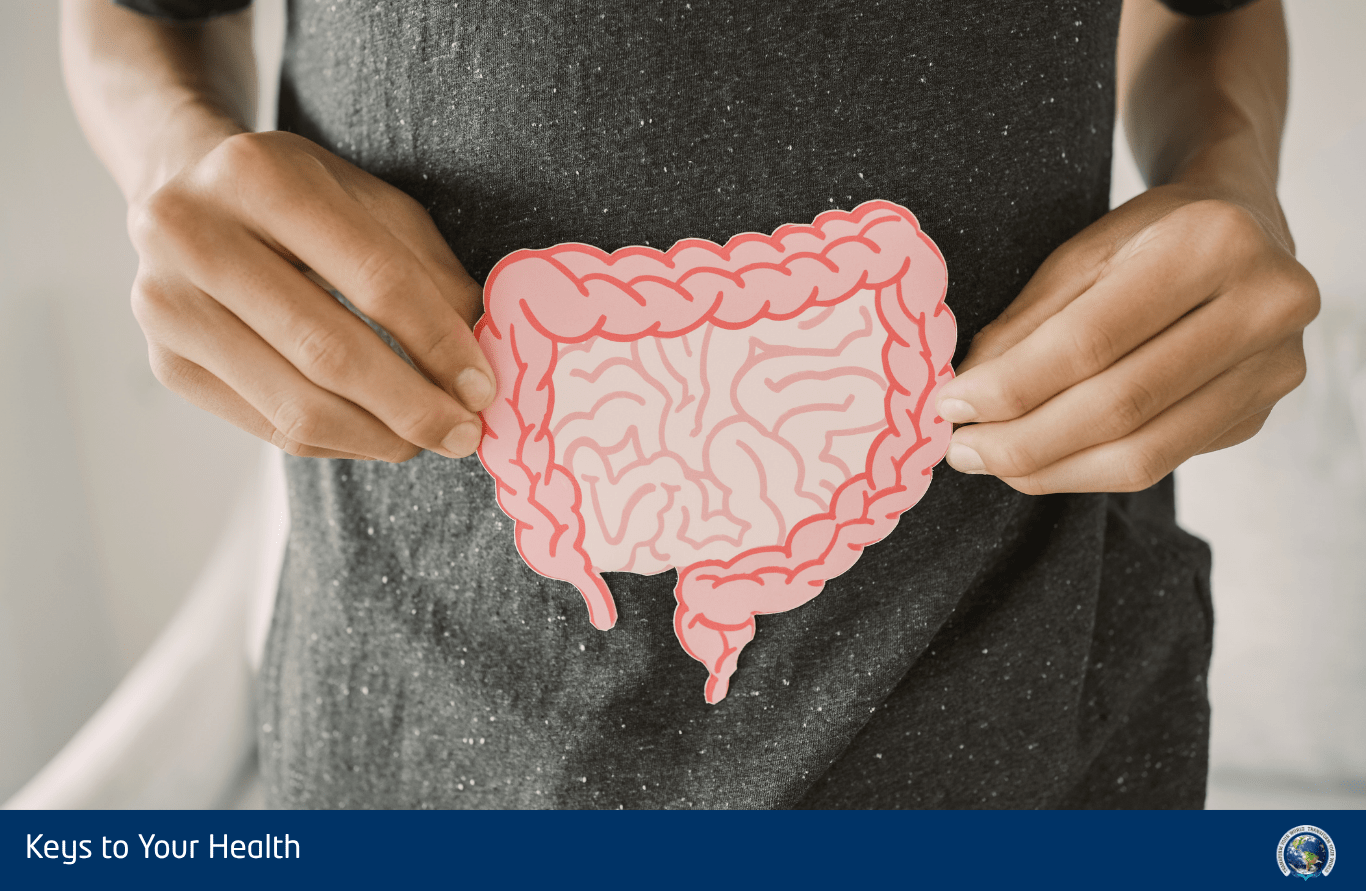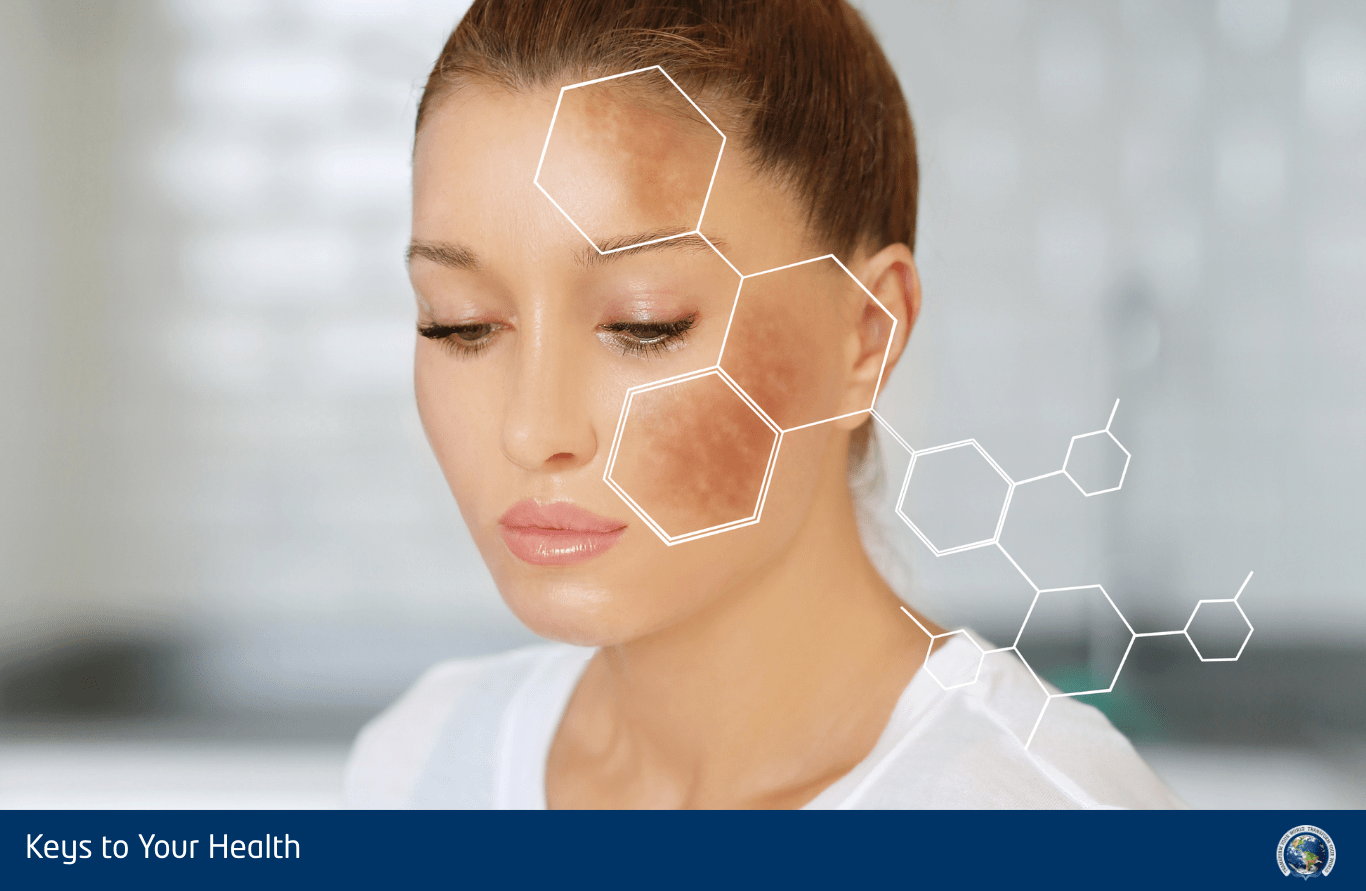Arthritis is one of the most common chronic conditions worldwide, impacting millions of people. Characterized by joint pain, swelling, and stiffness, it affects both physical health and overall quality of life. While conventional treatments such as pain medications and anti-inflammatory drugs provide some relief, they often fail to address the root causes of the disease, like inflammation and oxidative stress. This is where Electrolyzed Reduced Water (ERW) enters the conversation. Known for its potent antioxidant and anti-inflammatory properties, ERW may offer an effective way to manage and alleviate symptoms of arthritis.
What Is Electrolyzed Reduced Water (ERW)?
Electrolyzed Reduced Water (ERW) is produced by an electrolysis process that alters the chemical structure of water, creating a water solution with a negative oxidation-reduction potential (ORP). This negative charge gives ERW powerful antioxidant properties, allowing it to neutralize harmful free radicals and combat oxidative stress in the body.
For arthritis sufferers, reducing oxidative stress is crucial, as it is one of the primary contributors to joint inflammation and tissue damage. By incorporating ERW into daily routines, people with arthritis may experience relief from symptoms and a slowing of disease progression.
Understanding the Link Between Oxidative Stress and Arthritis
Both Osteoarthritis (OA) and Rheumatoid Arthritis (RA) are exacerbated by oxidative stress and inflammation. Free radicals—unstable molecules that can damage cells—contribute to tissue breakdown, joint pain, and stiffness. In conditions like RA, oxidative stress is particularly high due to the body’s immune system attacking its own tissues. By neutralizing these harmful free radicals, ERW helps reduce the inflammation at the core of arthritis.
The Role of ERW in Osteoarthritis (OA)
Osteoarthritis (OA) is the most common form of arthritis and is marked by the deterioration of cartilage in joints. This degradation is driven by oxidative stress, which accelerates cartilage damage. As ERW contains powerful antioxidants, it has the potential to help protect joint cartilage, reduce pain, and improve mobility in OA patients. Moreover, studies have shown promising results in this area.
Research Insights on ERW and OA
One study published in the International Journal of Molecular Medicine found that ERW helped reduce oxidative stress in animal models of osteoarthritis. The antioxidant properties of ERW contributed to less cartilage damage and better joint function.
Another study in Rheumatology Research demonstrated that consistent consumption of ERW led to reduced levels of pro-inflammatory cytokines and significantly improved joint pain and swelling in OA patients. This highlights ERW’s potential to alleviate symptoms of OA by targeting both oxidative stress and inflammation. PubMed Link:
The Role of ERW in Rheumatoid Arthritis (RA)
Rheumatoid Arthritis (RA) is an autoimmune condition where the body’s immune system attacks its own joints, causing chronic inflammation. This results in pain, swelling, and joint damage. Like OA, oxidative stress plays a key role in the progression of RA. By combating oxidative stress and regulating inflammation, ERW offers a promising alternative to traditional treatments for RA.
Research Supporting ERW in RA
A study published in the Journal of Immunology Research found that ERW consumption led to reduced levels of inflammatory markers and significantly decreased joint swelling in Rheumatoid Arthritis patients. The study also found that patients showed improved mobility and a reduction in overall pain.
Additionally, Clinical Rheumatology published a study that demonstrated how ERW helped reduce oxidative stress markers in Rheumatoid Arthritis patients, contributing to enhanced joint function and lessening disease activity.
The Benefits of ERW for Arthritis Patients
The therapeutic effects of ERW for Osteoarthritis and Rheumatoid Arthritis extend beyond reducing inflammation and oxidative stress. Here are some of the main benefits arthritis patients can expect from incorporating ERW into their daily routine:
- Pain Reduction: ERW’s antioxidant properties help reduce joint pain and swelling by neutralizing free radicals that cause inflammation.
- Improved Joint Mobility: Studies have shown that ERW helps improve flexibility and joint function in both OA and RA patients.
- Slowing Disease Progression: By reducing oxidative stress, ERW can help slow the degeneration of joint cartilage and prevent further damage.
How to Incorporate ERW Into Your Arthritis Management Routine
For arthritis patients, incorporating ERW into their daily routine is relatively simple. ERW can be consumed as part of your hydration plan, replacing regular water or other beverages. However, it is essential to consult with your healthcare provider before introducing ERW, especially if you have specific medical conditions or are taking medications that may interact with it.
Conclusion
Arthritis is a debilitating condition that affects millions of individuals worldwide, but emerging therapies like Electrolyzed Reduced Water (ERW) show significant potential in alleviating symptoms and improving overall joint health. With its antioxidant and anti-inflammatory properties, ERW offers a natural and non-invasive method to reduce oxidative stress, inflammation, and pain. While more research is still needed to understand its long-term benefits fully, ERW may play a crucial role in supporting arthritis management alongside traditional treatments.
Note: This blog is for informational purposes only. Please consult with a healthcare professional before adding any new treatments to your routine.



